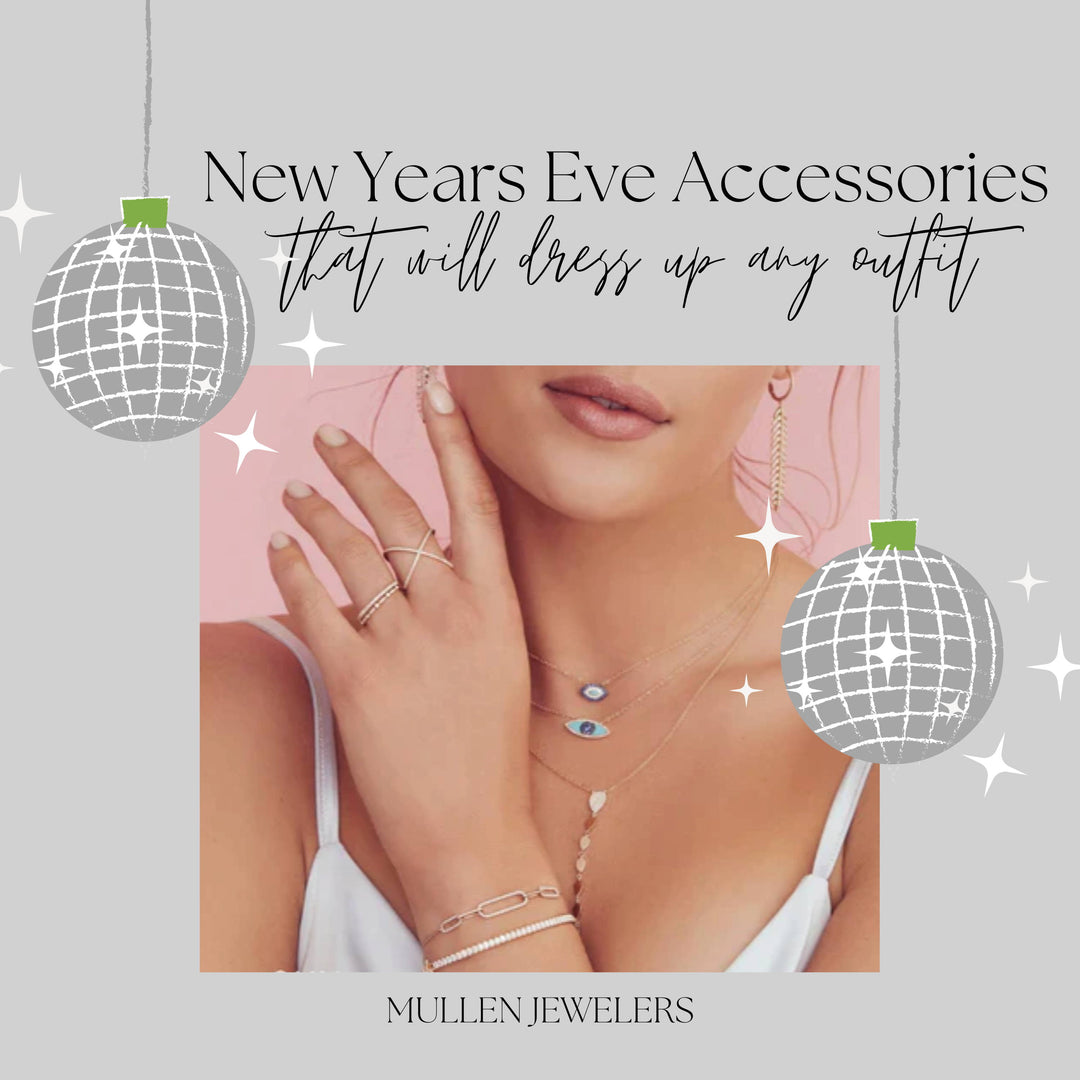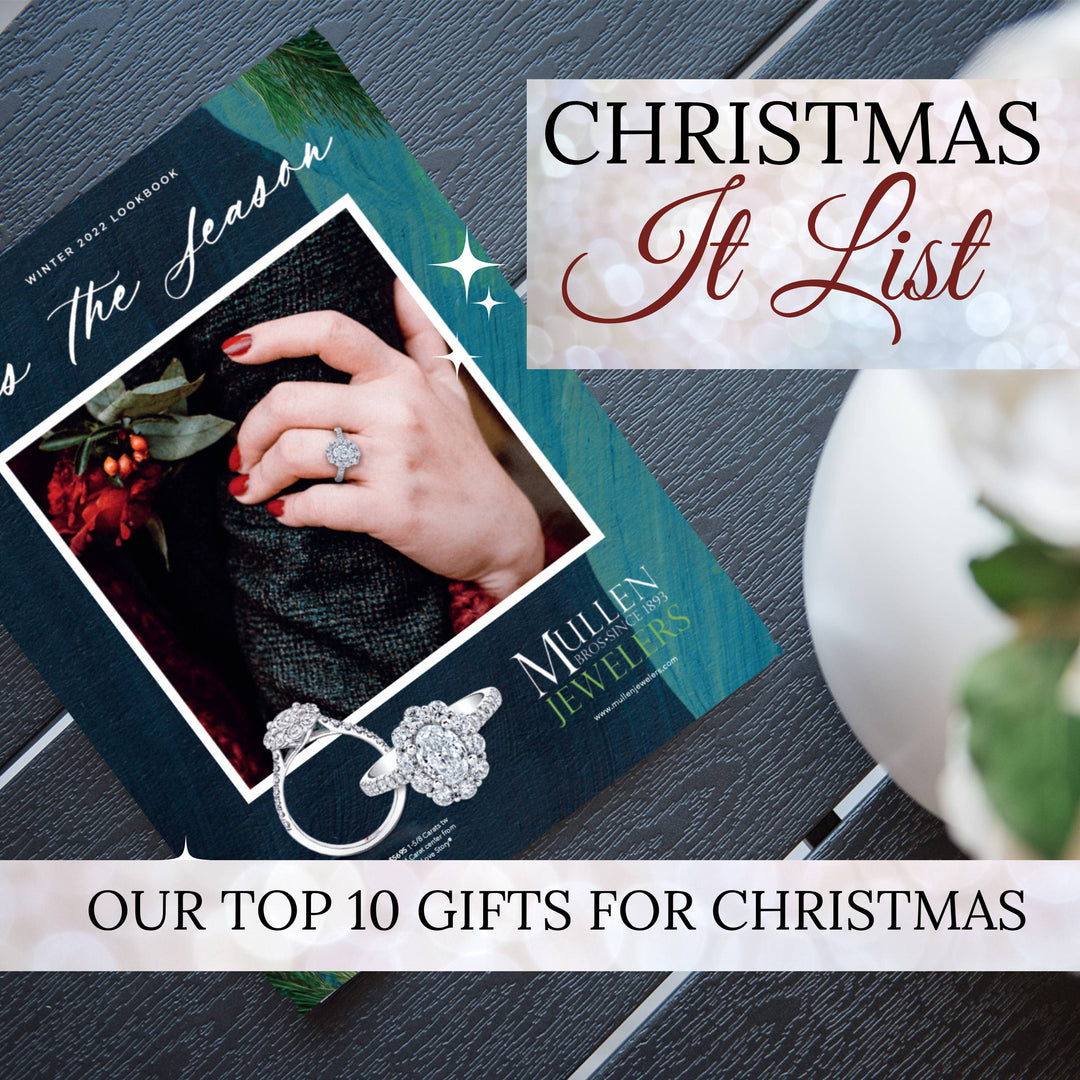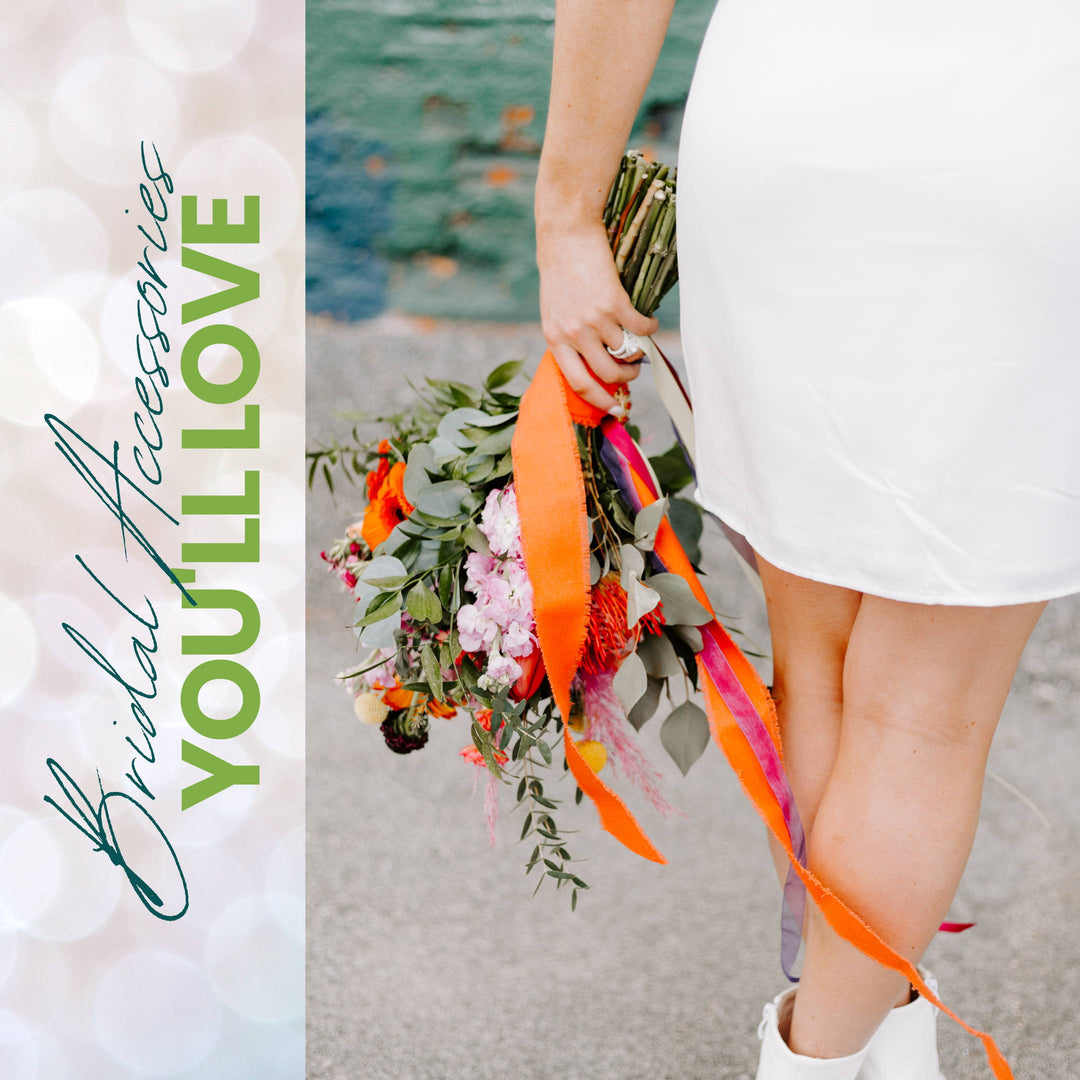Everything You Need to Know About Estate Jewelry

Imagine finding an old tattered jewelry box hidden deep in the attic of a home you recently purchased. It's covered with cobwebs, the lock is broken, and from the general look of it, certainly nothing of real value can be inside, but you go ahead and decide to open it...
Once open, you see an old, worn picture of a woman wearing a necklace, a gorgeous necklace with strong geometric lines and deep green gems in it. You lift the picture up to take a closer look and find the exact necklace under the picture!
It's beautiful, like nothing you've ever seen before! You take it to your local jeweler and he tells you it's an Art Deco period piece with real emeralds worth thousands of dollars...
Welcome to the World of Estate Jewelry!
While this may sound like a dream, it's not outside the realm of possibility. Estate jewelry is often found in the most unlikely places and can be of great value or... not. It depends on a number of variables.
Here's everything you need to know about estate jewelry.
Estate Jewelry
Let's start with some vocabulary first. Terms like estate, vintage, and antique are often used incorrectly and it's important to know the difference between them.
Let's start with the term estate jewelry. Estate jewelry is any piece of jewelry that is second hand or pre-owned.
For example, say your partner gave you a brand new diamond necklace a few years ago. You love the necklace, but end up needing to sell it to make some extra money for an unexpected trip. A jeweler would classify this necklace as estate.
Although all pre-owned jewelery is considered "estate", jewelers generally limit this term to jewelry that was made within the last 30 years.
Vintage Jewelry
For jewelry to be considered vintage, it has to be at least 20 to 30 years old. But keep this in mind, even though an engagement ring from the 1800's could be considered vintage and estate, most jewelers would call the ring antique so they could highlight its age, which adds to its value.
Antique Jewelry
Antique jewelry is defined as any piece of jewelry that is approximately 100 years old or older. It's important to note that the term “antique style” does not mean it is an antique, but more likely a reproduction. Really anytime the word “style” is used to describe jewelry—vintage style, retro style—this most likely means the piece is a reproduction. This is also true for the term vintage-inspired or antique-inspired.
Jewelry Time Periods
Now that you understand the difference between estate, vintage, and antique, let's move on to the different time periods of jewelry. This is when it gets really fun! Jewelry has a rich and exciting history and each era has a distinct, yet beautiful look.
Georgian 1714-1830
Jewelry from the Georgian Period is hard to find since very few of these period pieces have survived. Named after the four British kings George I - George IV, this jewelry is characterized by its handmade quality, with gold and silver metal being most popular. Jewelry was made to fit the shape of the stones being used, not the other way around. It’s not uncommon for Georgian jewelry to have many different sizes and shapes of stones within a single piece. Rose cut and table cut diamonds were popular, along with sapphires, garnets, precious topaz, and amethysts. You will also see floral, bow or scrolling motifs within the Georgian period. When diamonds were used during this period, which was rare, a piece of foil was placed behind it it to increase its brilliance.
Victorian 1835-1900
Victorian Inspired Neckace
The Victorian Period was named for Queen Victoria. Her love for fashion and jewelry inspired the Victorian jewelry trends of the time. For her engagement ring, she wore a snake motif ring (this symbolized eternal love at the time) set with her birthstone, a brilliant green emerald. It was common during this time period for birthstones to be used for engagement rings. After her much-loved husband, Albert, passed away in 1861, Queen Victoria went into mourning and adorned herself with "mourning jewelry" which inspired the gold lockets and black jet pieces commonly seen in this period. This type of jewelry was a way to commemorate a lost loved one.
Nearing the end of this period, the discovery of diamonds in South Africa helped make diamonds popular again. Interestingly, this is the time when diamond solitaire engagement rings appeared! Queen Victoria passed away in 1901 marking the beginning of the Edwardian era, when her son Edward took the throne.
Edwardian 1900-1915
Edwardian Inspired Engagement Ring
When Queen Victoria’s son, Edward VII, took the throne in 1901, high society was in full swing and was at the pinnacle of grandeur and sophistication. The Edwardian Era is when platinum shows up on the jewelry scene. Because of the incredible strength of platinum, jewelers were able to make much more detailed pieces.
Jewelry from this period was light, feminine, and delicate, and diamonds were used extensively. Diamonds were the desired gemstones, but sapphires, aquamarines, and most notably, electric green demantoid garnets were also used in Edwardian jewelry making. Milgraining, a new type of jewelry decoration, came about as well. It means a thousand grains and is a small border of platinum beads set around the edges of a piece of jewelry that gives it an incredibly elegant look.
The start of World War I in 1914 ended this era quickly and people began to hide or sell their jewelry. Platinum became exceedingly scarce due to the need for it in the war effort.
Art Nouveau 1895-1915
The Art Nouveau Period overlapped the Victorian and Edwardian eras, and was an "artistic revolt" of sorts against the technological advances of the industrial age. While this highly artistic era was short-lived, it created some of the most sought after jewelry in the world. Its themes included hand-craftsmanship, creativity, and design. Moonstones, opal, and agate were popular gemstones, and diamonds were used only as accents. Japanese themes of nature, birds, and dragons were commonly used as well. Enameling is a distinguishing characteristic of Art Nouveau and was perfected during this time.
Art Deco 1915-1935
Art Deco Inspired Engagement Ring
Jewelry manufacturing came to a screeching halt when World War I started. It also stopped the fashions and trends that were so popular in the Edwardian era. When the war finally ended, the “Roaring 20’s” brought in a new way of looking at life and this outlook can be seen in the jewelry design trends.
The most distinguishing feature of Art Deco jewelry is the emphasis on bold, geometric designs and straight, linear lines. Diamonds were still the star of the show, but Calibre cut sapphires, rubies, and emeralds were also used to add vibrant showy pops of color. Black onyx and red coral were used as accent colors. Platinum was still the preferred metal of choice, but white gold was also popular since platinum was so expensive. Major designers of this popular era were Tiffany, Cartier, Van Cleef and Arpels, Harry Winston, Lalique and Mauboussin.
Retro 1935-1950
Jewelry making and design began to gain momentum in the late 1930’s and Hollywood left an indelible influence on the next period: Retro jewelry. Retro pieces can be easily identified by 3 factors: big, bold, and three dimensional! Its use of bright, highly polished yellow, rose, and green gold is easily recognizable. Large emerald cut semi-precious gemstones dominated this time period, namely amethyst, aquamarine, and citrine, often accented by small diamonds and calibre cut rubies and sapphires. World War II in 1941 caused platinum to become scarce again and gold took its place. Common themes included big flowing ribbons and bows, as well as the use of flowers and even animals. Star designers of this over-the-top era were Verdura, Oscar Heyman, Buccellati, and William Russer.
Modern 1950's +
Prosperity was everywhere in the 1950's and jewelry showcased this beautifully by featuring an abundance of gemstones set in flashy, dramatic designs with diamonds center stage. Designs returned to a more light and textural look versus the solid, high polished look of Retro jewelry. Engraved finishes and braided rope accents were popular and platinum once again rose to prominence, which still remains popular today.
We're honored that Mullen Bros. Jewelers ranks #1 in overall customer ratings among all jewelry stores in Southeastern Massachusetts and we will continue to take care of our neighbors and friends, one jewel at a time.











Leave a comment